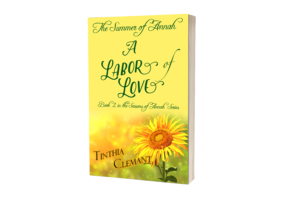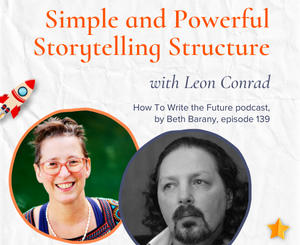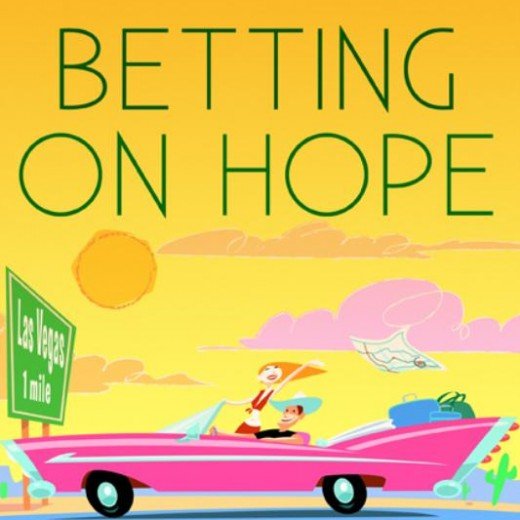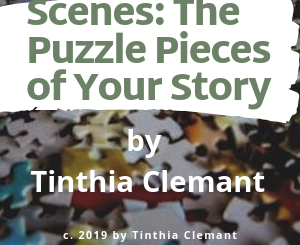The Three-Act Story Structure: A Framework that Keeps Your Story Moving by Tinthia Clement
 Let’s welcome back monthly columnist, Tinthia Clemant as she shares with us “The Three-Act Story Structure: A Framework that Keeps Your Story Moving.” Enjoy!
Let’s welcome back monthly columnist, Tinthia Clemant as she shares with us “The Three-Act Story Structure: A Framework that Keeps Your Story Moving.” Enjoy!
***
Newbie writers are always looking for the magic formula that will make their book a bestseller and launch them to the top of the publishing industry. They’ll invest time, money, more money, and more time that would be better spent on writing, when all they have to do is watch a Hollywood movie.
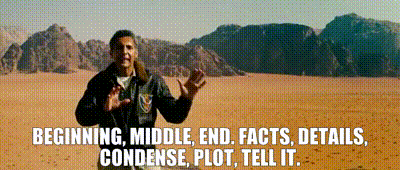
The above clip is from Michael Bay’s, Transformers: Dark Side of the Moon.
Hollywood got it right a long time ago and it’s works printed books, and now e-books as well: the best story structure is when a story has a beginning, middle, and end.

The History of the Three-Act Structure
Aristotle is credited with the creation of the three-act structure. Yup, that Greek guy with the curly beard who lived back in 300 BC.

Supposedly, old Ari worked his three-act magic because Greek plays went on for hours and audience members needed pee breaks. Basically, we have tiny Greek bladders to thank for what is by far the best story structure tool at our disposal.
The three-act structure isn’t the only story structure available to authors.
There’s a four-act formula along with a five (called Freytag’s Pyramid) which is a three-act structure on steroids, six, and even seven! Argh! Hey, you so-called experts out there–stop messing with writers’ heads!
The Three-Act Story Structure
Before I dive into the nuts and bolts of the three-act story structure I need to caution you, this model is not a panacea for a bad story or weak characters. You still have to do the work. All the three-act story structure will do for you is provide a framework where your story will live and where your well-rounded characters will play.

Your imagination provides the toys for your character to play with.
If used correctly, the three-act story structure will propel your story forward from the beginning, through the middle, to the end. Let’s begin.
Premise
You should already have a premise for your story and a general feel for the word count. Don’t worry, none of this is embedded in stone. If you’re a pantser you’re probably panicking right about now.

Relax, you can still fly free like a little bird, but, trust me, starting out with a general map will keep you from crashing into a window, because, let’s face it, (I’ll keep my bird analogy going) flapping our wings wildly might be fun for a while but eventually the moment of truth arrives when you have to reach a destination.
My editor calls it the Jesus Moment. Me, I call it the Ben and Jerry’s Moment.

Enough stalling, let’s get to work.
You have the premise for your book and you know the story will rock in at around 60,000 words. Great.
To apply the three-act structure, first divide your word count into chunks, using the 25:50:25 placement with Act I accounting for roughly 25% of the words, Act II 50%, and Act III the remaining 25%.
These percentages are guidelines proven to keep the story moving. You may adjust them as you want, but I caution you that veering too far off will slow the pace of your story.
Based on our 60,000-word goal, here’s what we have:
Shawn Coyne, author of The Story Grid, explains the breakdown as follows: “The Beginning is about one quarter of the Story. The Middle is about one half of the Story. The End is the last quarter of the Story. Are there stories that do not break down 25/50/25? Absolutely. But if you were to average every Story ever told, 25/50/25 would be the result.”
Each act has certain elements that must be present if you want your story to have legs.
Act I, called the Setup must contain the hook moment, the inciting incident, and your first turning point. In a romance novel, the meet cute would occur in Act I.
Act II, the Middle Build, is the longest section of your story and the place where the bulk of the action happens. The second turning point occurs in Act II.
Act III is the Resolution which includes the final interaction between your characters.
Voila! Your story map.
Now What?
I can hear all you pantsers shouting, “But wait, what do I do next?”
Write, damn it! Set your butt in your favorite chair wherever it’s located and write.
If you’re stuck in a work-in-progress, try applying the three-act structure to tighten the flow of the story.
If you’re ready to dive into a new story, stop and set up the basics using the steps I outlined above.
Come on, give the three-act story structure a try.

Happy writing.
***
Editor’s note: If you’d like to know more about story structure including the three-act structure, check out our course, “How to Choose Your Story’s Structure: Learn the ins and outs of five powerful storytelling structures,” here: https://school.bethbarany.com/p/how-to-choose-your-story-structure.
***
ABOUT THE AUTHOR
 Author of The Summer of Annah series, Tinthia Clemant lives in a secluded spot on the Concord River in Massachusetts. Her companions include a black Labrador/Coonhound named Harlee; Shadow, an elderly black cat who still rocks at catching mice that have wandered into the house; a few hundred wild Mallards; assorted turtles, songbirds, snakes; and hawks, two Great Blue herons, and an American bald eagle.
Author of The Summer of Annah series, Tinthia Clemant lives in a secluded spot on the Concord River in Massachusetts. Her companions include a black Labrador/Coonhound named Harlee; Shadow, an elderly black cat who still rocks at catching mice that have wandered into the house; a few hundred wild Mallards; assorted turtles, songbirds, snakes; and hawks, two Great Blue herons, and an American bald eagle.
Besides writing, she enjoys baking, gardening, reading (of course), painting and photography, laughing, and movies (the more explosions the better). Tinthia is an ice cream aficionado and insists that Ben and Jerry are the most perfect men ever created. She inherited my father’s temper and her mother’s view on life: It’s meant to be lived, embraced, savored, inhaled, and not given back until every last drop of wonder is claimed. If you visit Tinthia, make sure you bring a bottle of bourbon and, of course, ice cream. Her favorite flavor is Chunky Monkey.



